
The best glider in the world is no use to you if it isn't the right size for you. We explain how to navigate the different manufacturers' weight divisions.
In our Paragliders: Weight Ranges & Wing Loading article (part of our Choose The Right Paraglider series) we looked closely at how wing loading affected speed, safety, handling and performance. Now we delve into the numbers to help you choose the right size wing for your requirements.
A glider’s weight range is one of the most important considerations when choosing a wing. However, to be able to make a correct and well-informed choice there are many other factors to consider.
The object of the exercise is to get the best glider for you. Whilst brand loyalty is a laudable emotion, the way a manufacturer decides their sizes – and your own life changes – can put you in the wrong place in the weight ranges for your favourite brand.
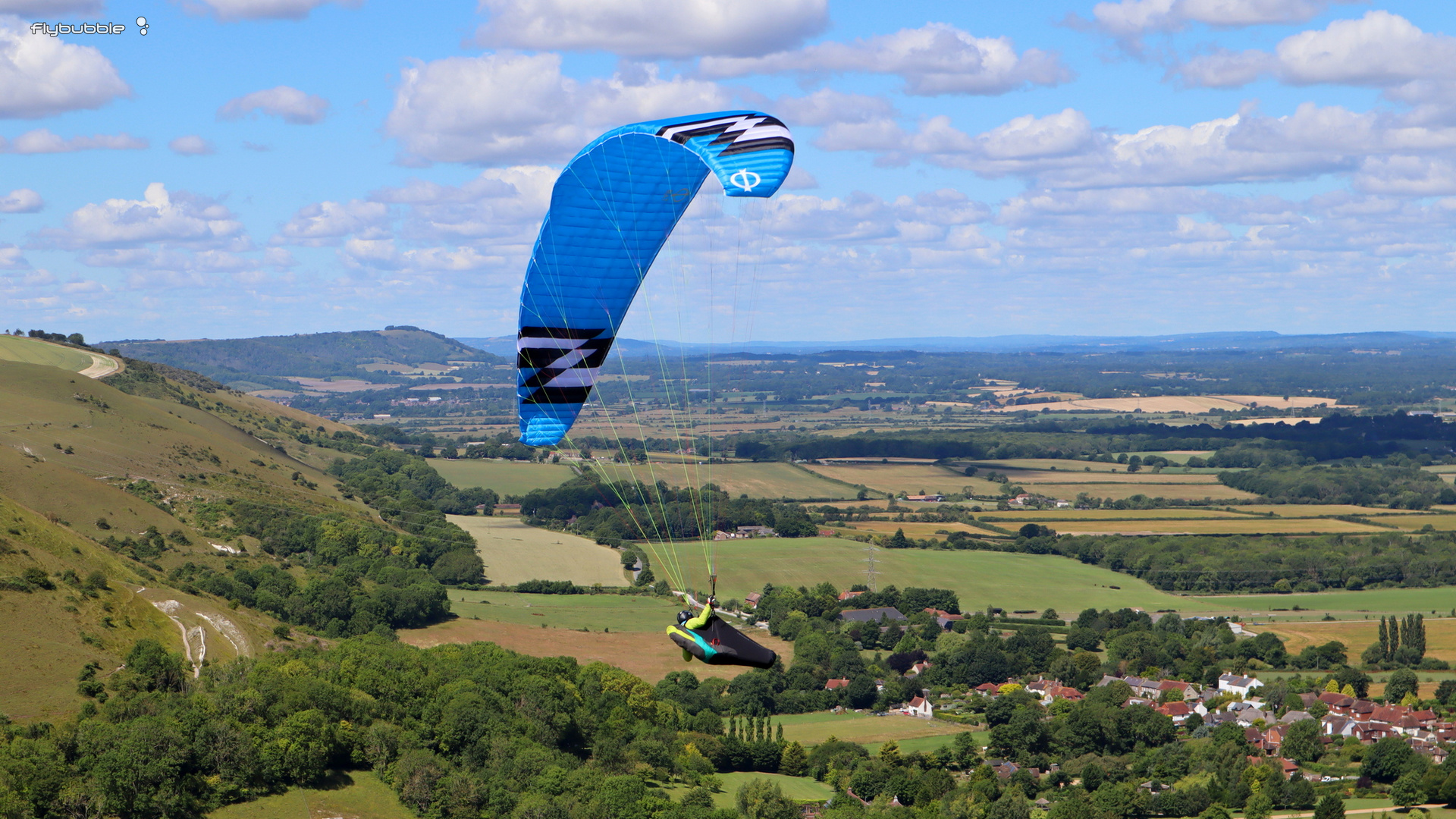 > If you fly mainly from smaller hills, most manufacturers advise you to be in the middle third of the weight range.
> If you fly mainly from smaller hills, most manufacturers advise you to be in the middle third of the weight range.Primary considerations include the wing’s passive safety, pilot demands in active air and the desired use: simple fly-downs, soaring, thermaling, XC, hike-and-fly or high wind soaring. Also, will you fly mostly in the mountains, hills or flatlands? More on topography and flying conditions later.
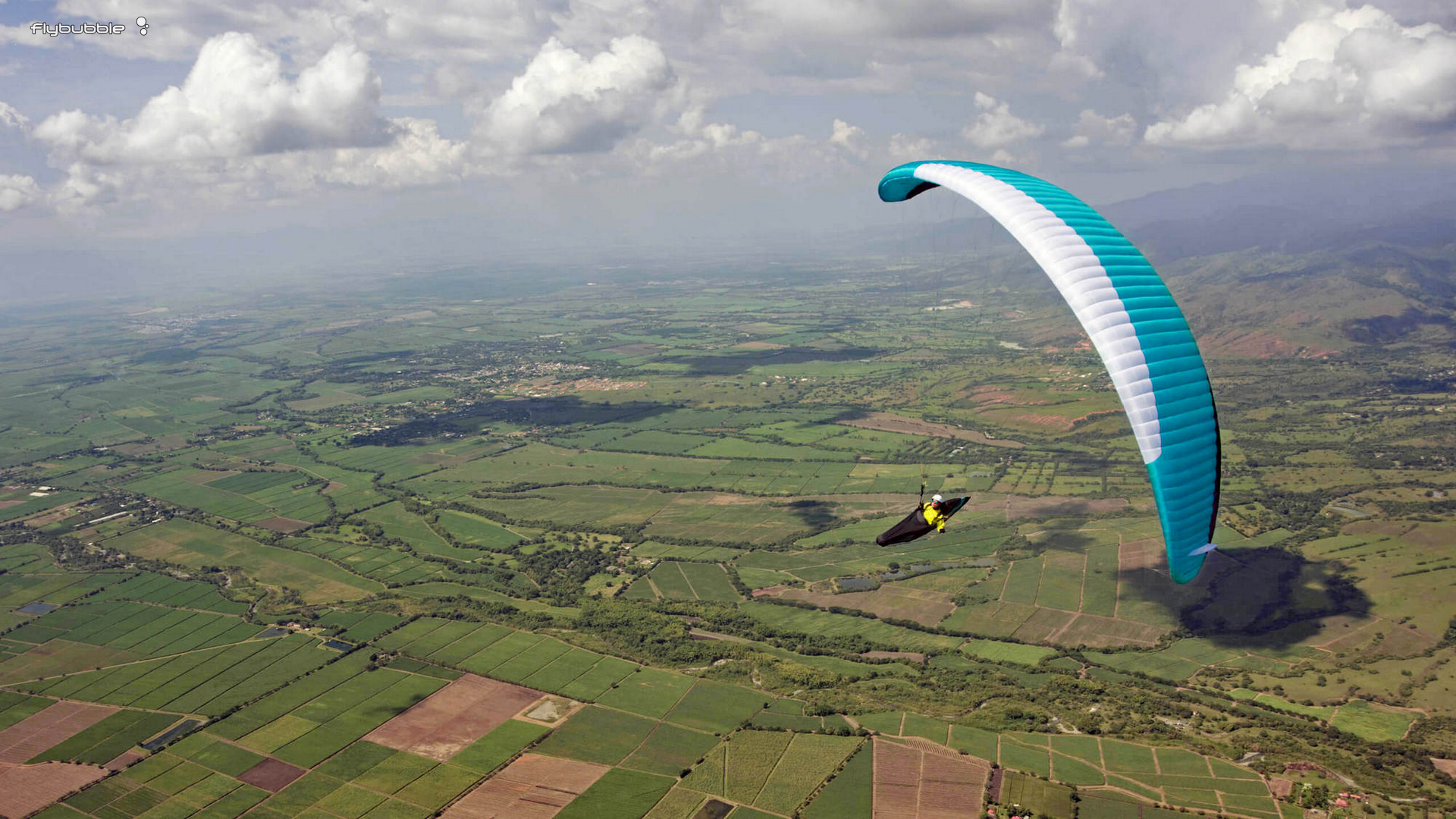
Other common aspects which may well affect a buyer’s decision include handling, feeling, performance, glider weight, durability and pack volume, to name but a few. Mostly it’s not just down to one factor or even a few; pilots often weigh up the main strengths and weaknesses of each wing to come up with its ‘sum value’ to them. The relative importance of each factor will vary significantly between individuals – everybody has their personal requirements and preferences!
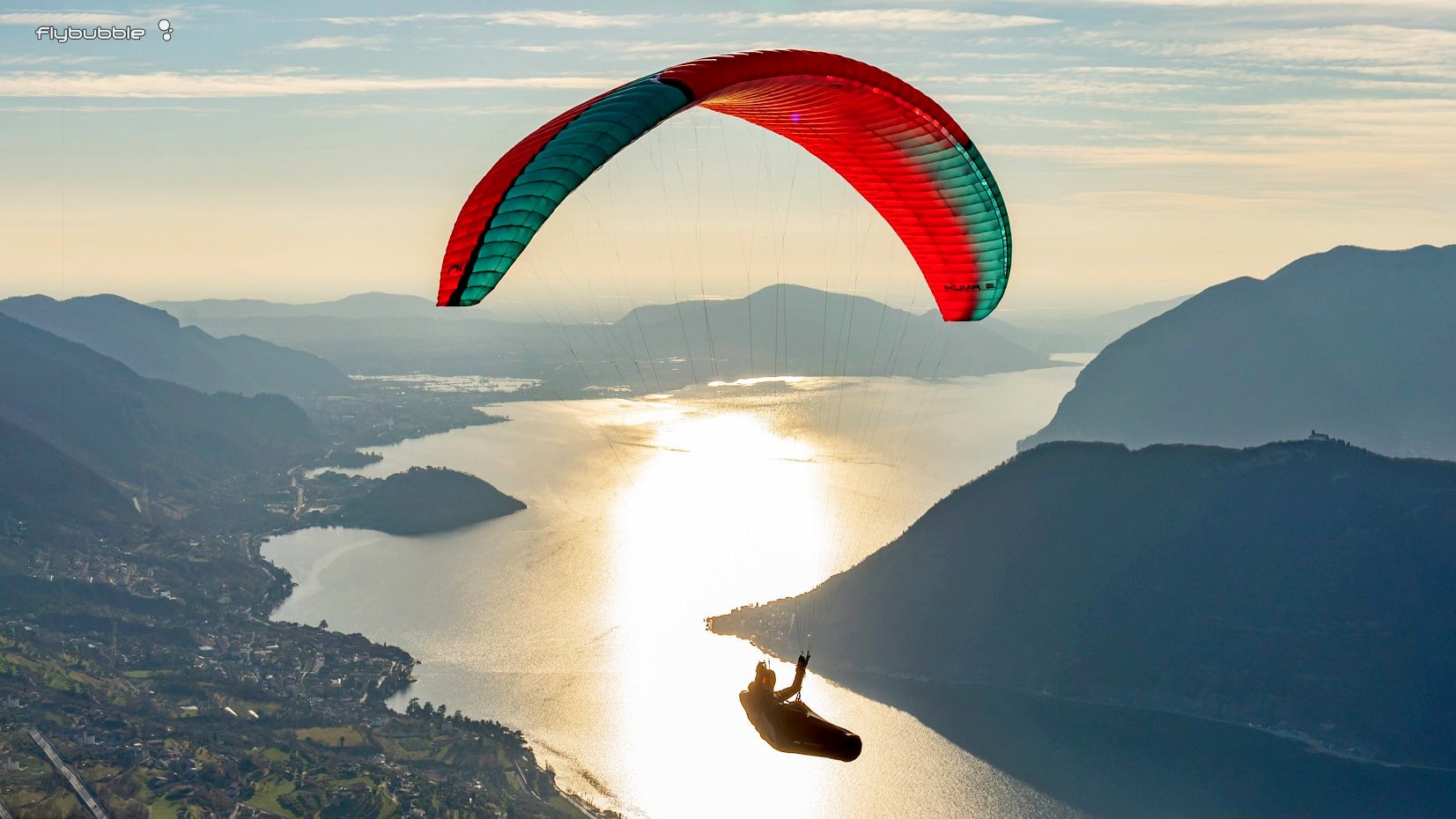
The most popular gliders (mostly EN A and EN B) tend to have the largest number of sizes and the biggest overlaps in their weight ranges, allowing for a better size choice. As you go up the certification categories – with increasing pilot demands and decreasing sales – there tend to be fewer sizes, with less overlap between them.
Being in the right place of the weight range tends to be more critical the hotter the wing gets; this is why pilots flying hot ships tend to carry ballast and/or favour heavy competition harnesses. But even with less-demanding wings, it’s always important to be in a good place in the weight range of any paraglider.
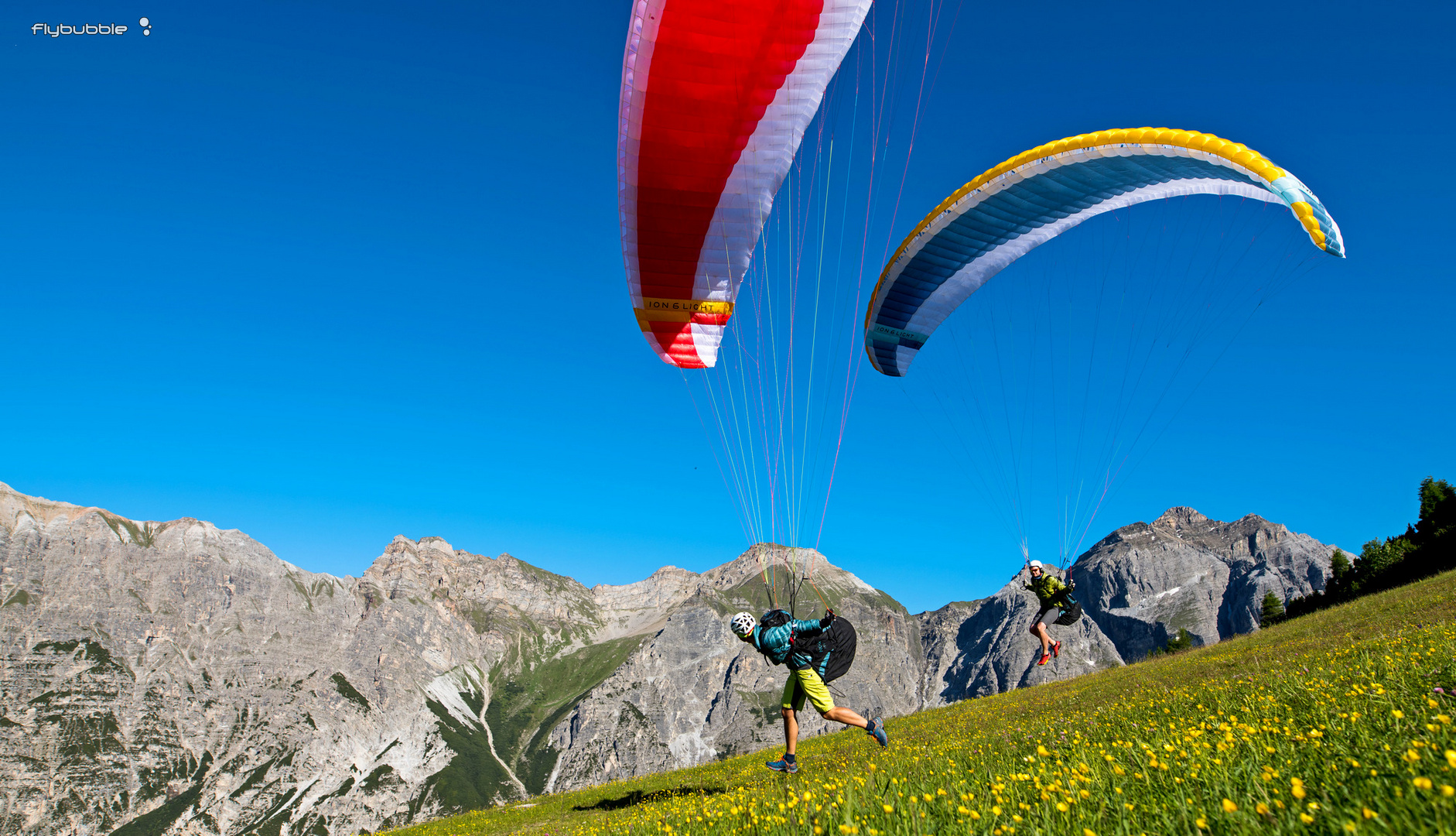 > If you mainly fly in Alpine conditions you may find that nearer the top end of the weight range is best; the ability to turn hard into strong climbs outweigh the very small penalties from a slight loss of sink rate.
> If you mainly fly in Alpine conditions you may find that nearer the top end of the weight range is best; the ability to turn hard into strong climbs outweigh the very small penalties from a slight loss of sink rate.Given that you want to be in a certain area of the weight range, you should look at models from several different brands. This is one of the main reasons we offer several carefully selected top brands of wings, and one of the key aspects we cover during our Flybubble MATCH service, ensuring you end up with the best wing for you as an individual. This article is intended to give some insight into making a short list of ‘candidate’ wings which may work for you.
Looking at example paraglider weight ranges
What do we mean by this? Let’s look at the weight ranges (in kilograms) for each of the sizes of a theoretical paraglider model, based on typical actual weight ranges from the main brands.
XS 55-75kg, S 65-85kg, MS 75-95kg, ML 90-110kg, L 105-130kg.
You know that when you carry the minimum required, for shorter flights in weaker and milder conditions, or with more walking involved, you're probably around 110kg all-up. For longer, more demanding flights and conditions, with more water, supplementary clothing and other paraphernalia, your all-up weight rises to around 112kg.If your all-up flying weight varies from 110 to 112 kg, you might feel that you're not well-catered for by this particular model.
This means that for this particular model you have the choice of being either right at the very top of the certified weight range of the 90-110kg size, or even over this (112kg), or near the bottom of the weight range of the 105-130kg size.
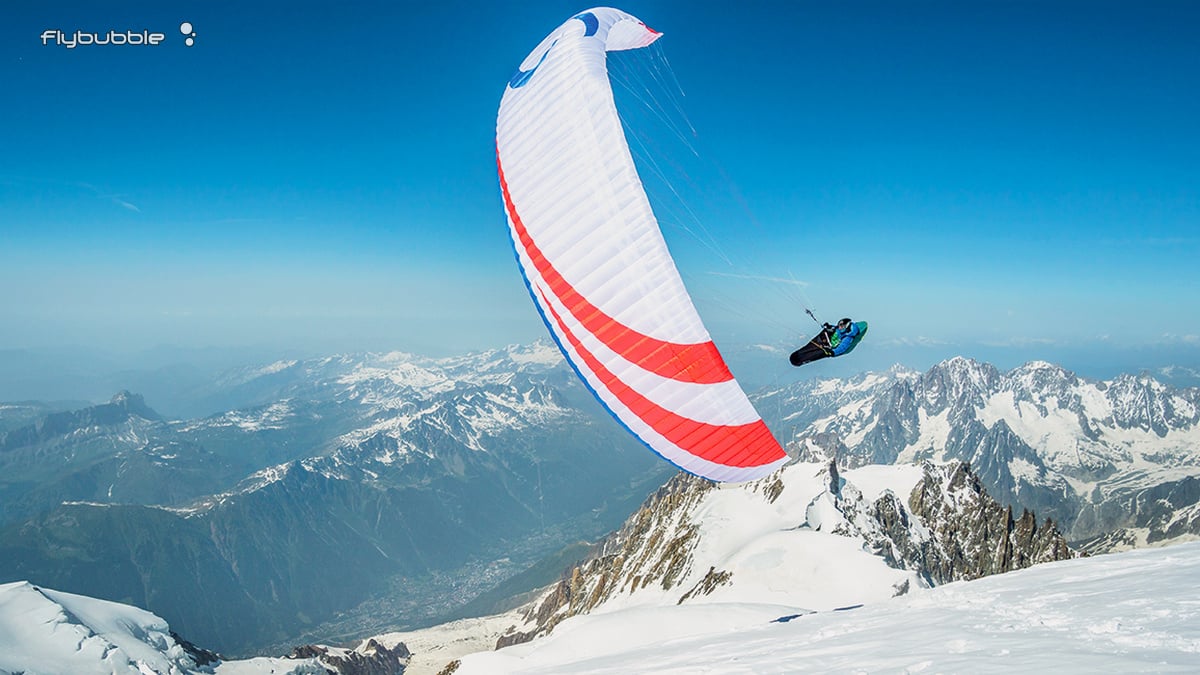
As well as how this will affect the wing's stability, handling, airspeed, sink rate etc (see our article Paragliders: Weight Ranges & Wing Loading also referenced above) if you fly a wing loaded outside the official certified weight range then the wing is no longer certified, and would likely fail it's certification. In a competition weigh-in, you'd be disqualified.
For this reason, having first considered the various other primary factors e.g. safety, pilot demands, desired use, etc, you can further reduce your list of next wings to consider by looking at the weight ranges of the various candidate models.
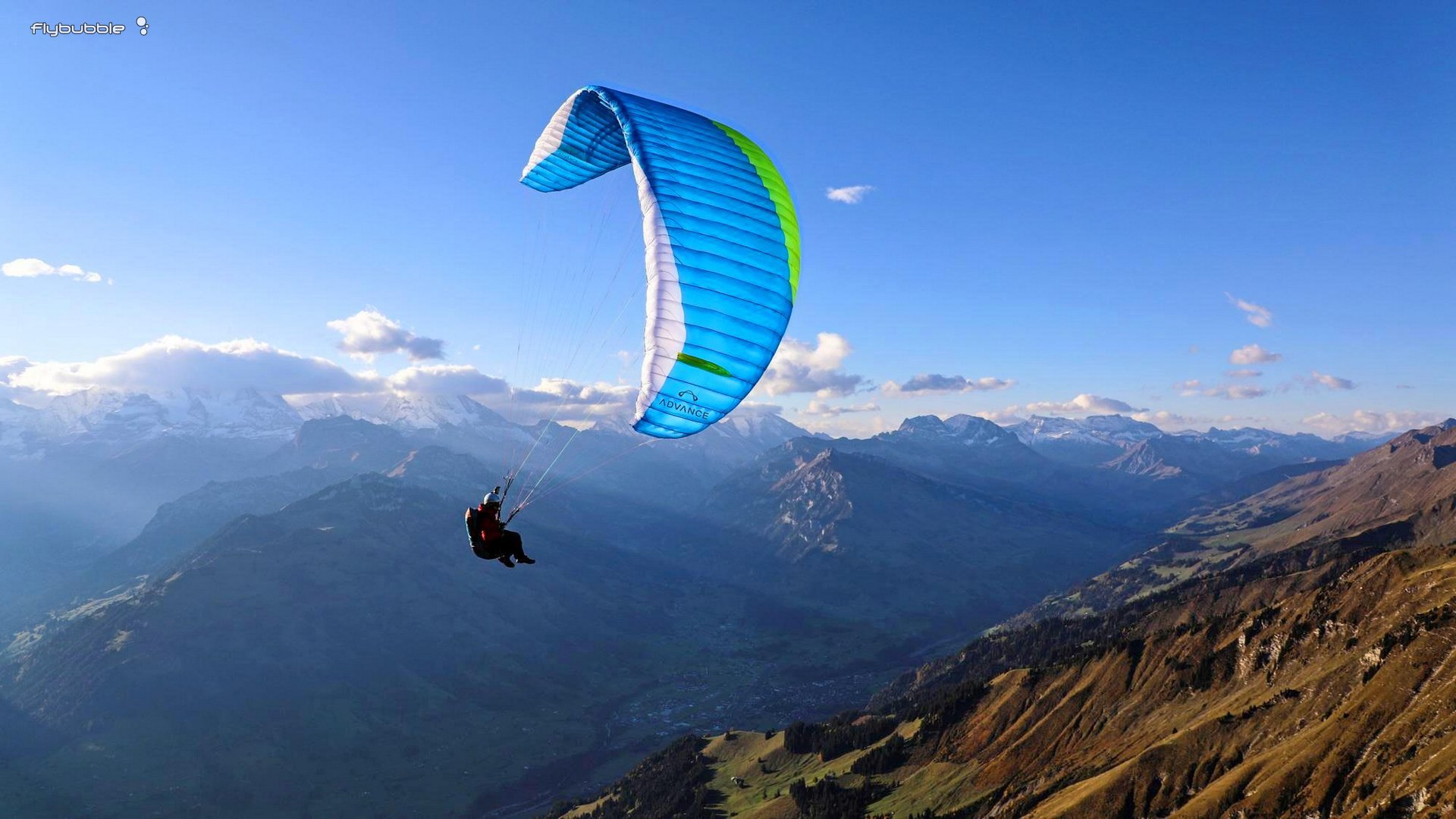
To illustrate, let's consider a few examples. In our example above, if your all-up weight varied from 110-112 kg then, depending on various factors, you might look for a model with a weight range of 95-115kg, or 100-120kg. If your all-up weight range varied around 95-96 kg, you might look for a model with an 80-100kg or 85-105kg size. If your all-up weight varied around 89-92kg, you might well look at the 75-95kg size of the example model tabled above.
Now, let's look at the philosophy of where you want to be in the weight range. There is a lot of conflicting advice on the Internet. The best place to get advice on weight ranges and where to be in them is from the manufacturer since they have the ultimate interest in you being happy with your glider and becoming a repeat customer. However, there is an added dimension in that any advice needs to be tailored to you as an individual, taking into account how often you fly, your ability, experience and future aspirations.
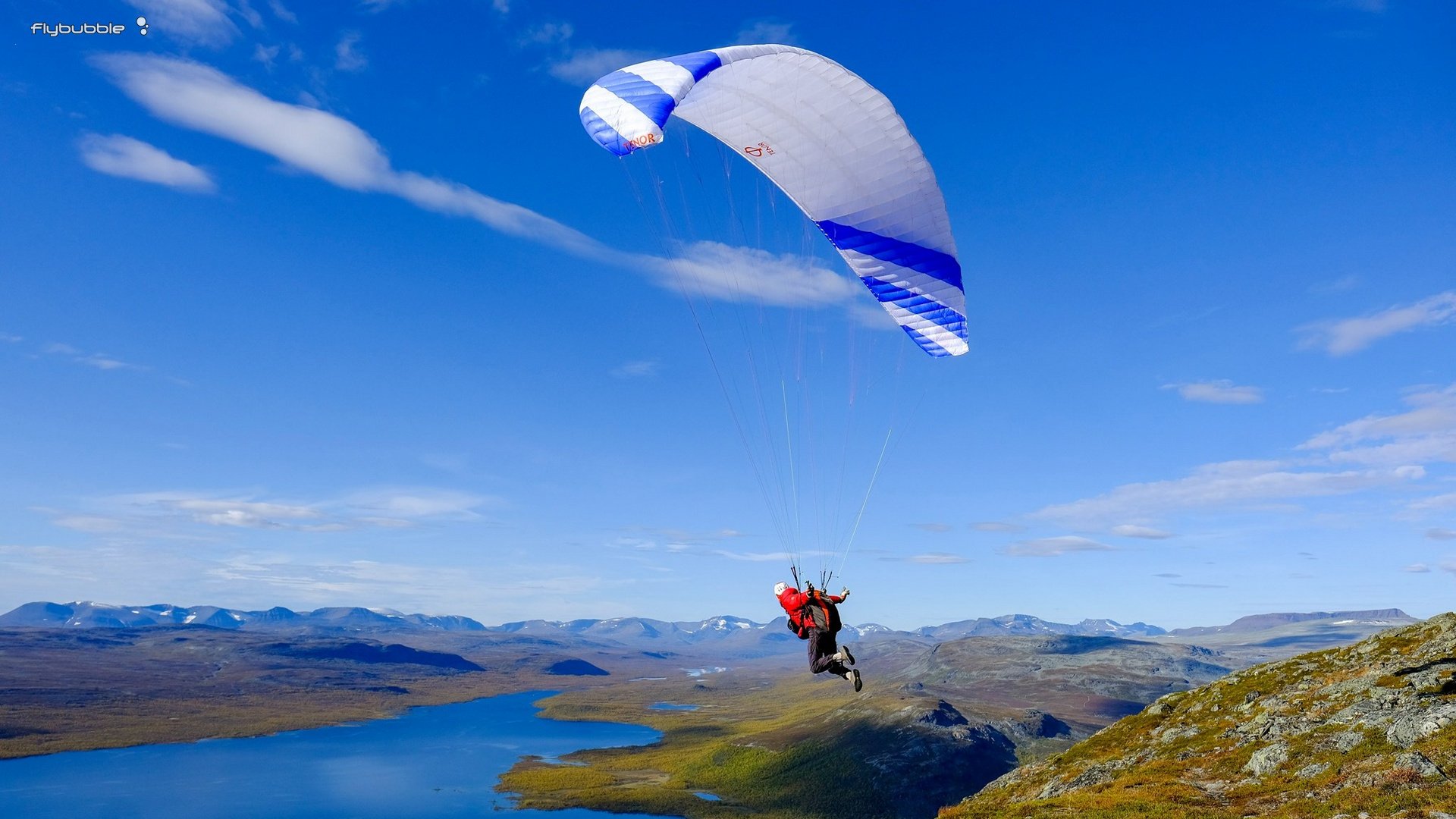
Some generalisations
As we go up the weight range, the trim (and other key speeds) increase, and the sink rate at those speeds gets worse. The glide angle in still air remains the same. The change in sink rate and speed is likely not as much as you might expect¹. To give an idea, the graph below shows three polar curves for the same wing (in this case a glider / sailplane) at different wing loadings: 28, 35 and 38 kg per m2 (much higher than a paraglider, usually).
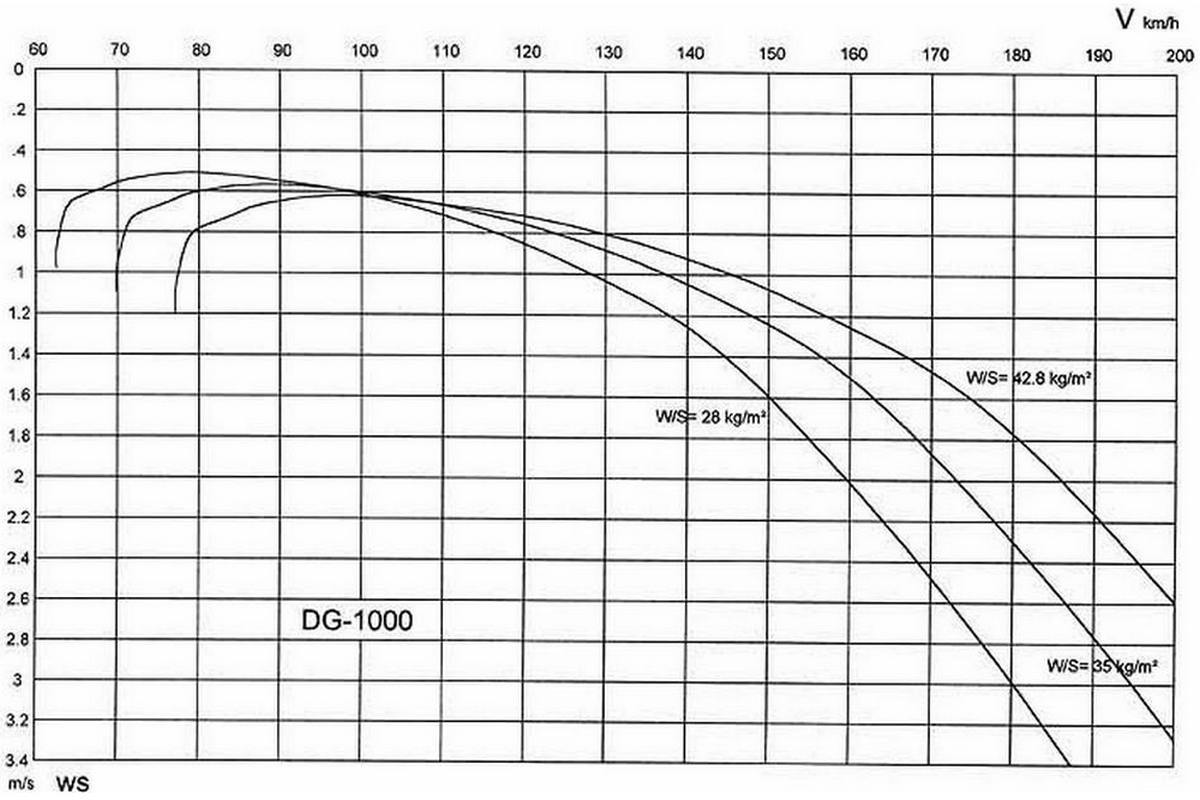
As the wing loading increases, the glider will become more responsive and agile, but will also react more quickly to any incidents, and the reaction will be more serious. Quoting Advance Paragliders: "Higher wing loadings mean more demanding flight characteristics and handling." These effects are usually not huge, but are noticeable and significant.

The table below provides an illustration of wing size loading against pilot demands (and recommended pilot level) for the Advance PI 3, as an example.
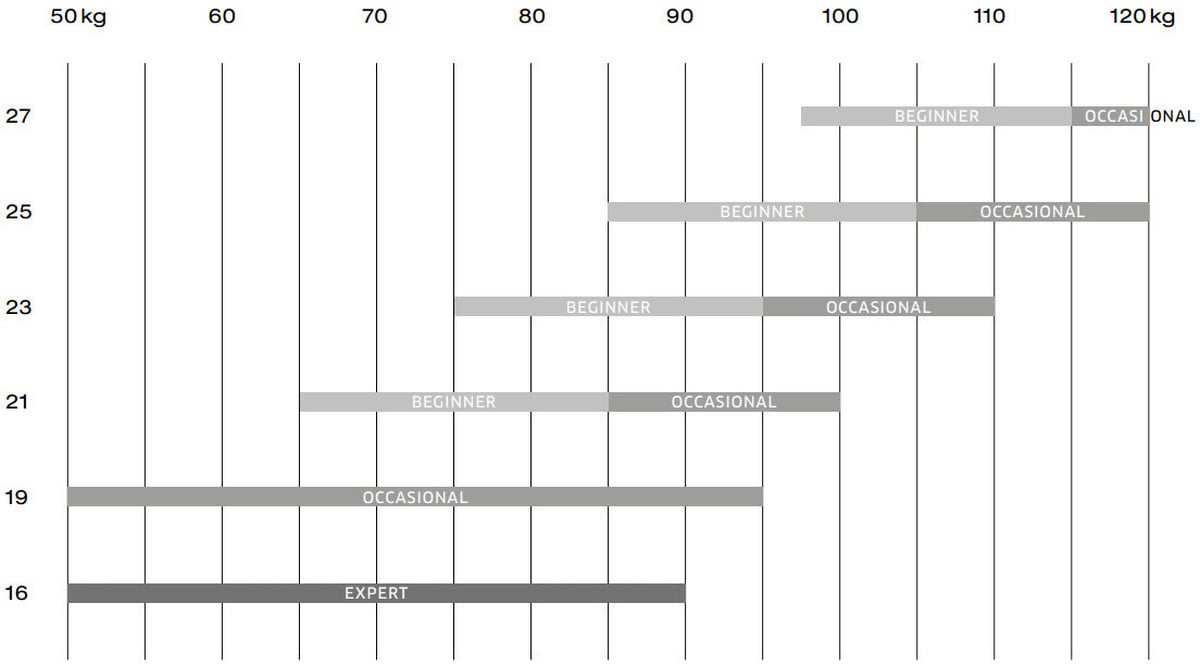
Another example, the table below illustrates wing size loading against wing dynamics and pilot demands for the Phi ALLEGRO:
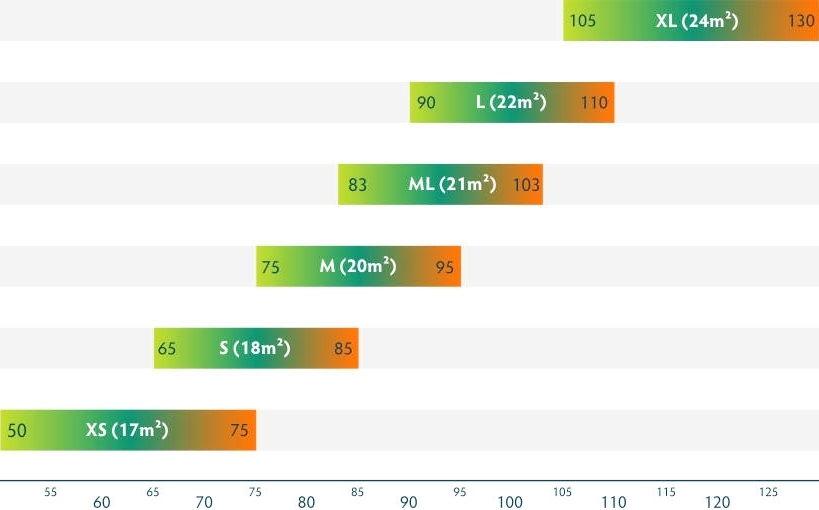
So long as you stay within the given certified weight range, your glider remains within the EN category it has been allocated. This, and avoiding disqualification in fun competitions, where the only weight criterion is all up weight, is why you should remain within your glider's certified weight range.
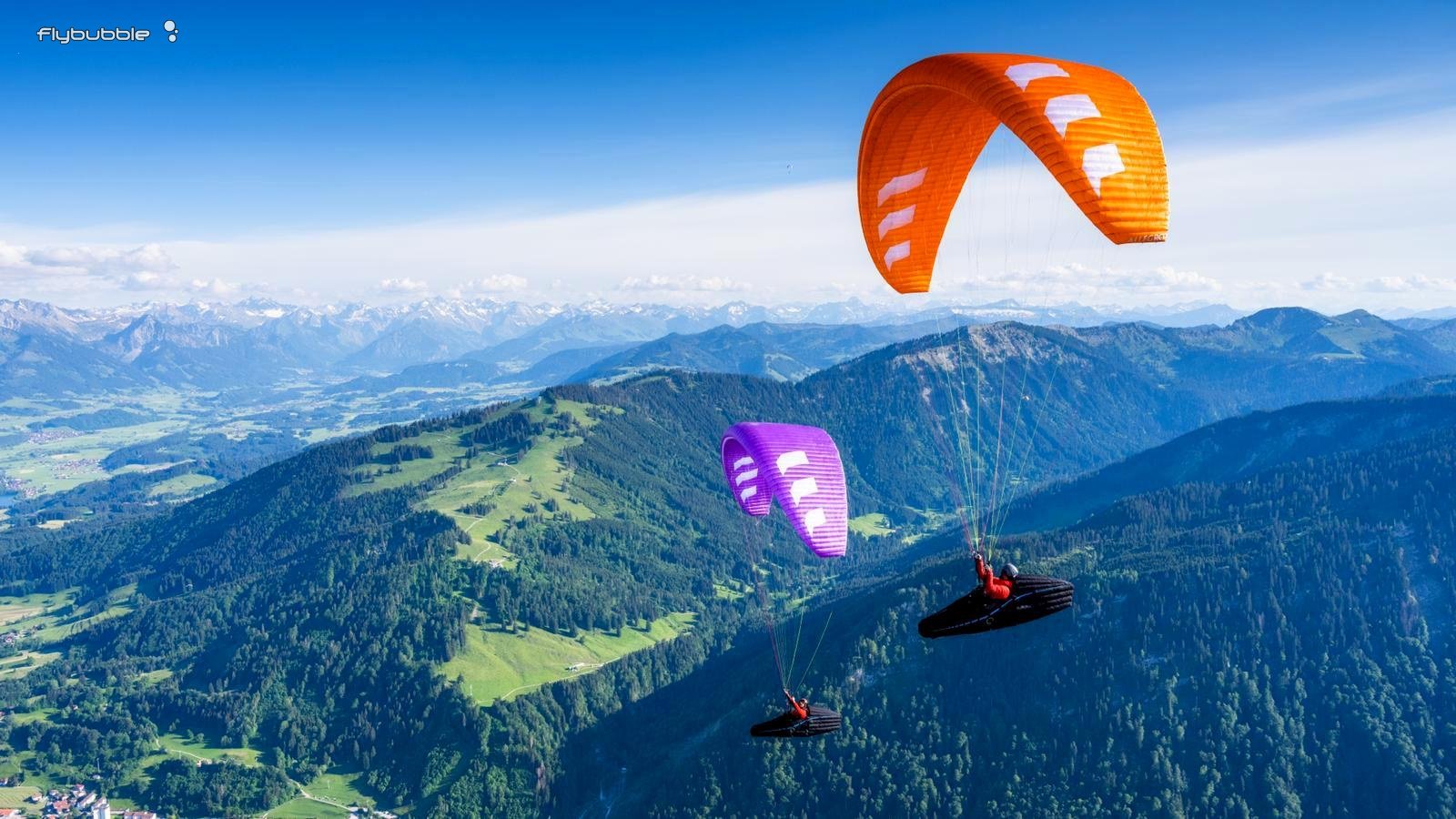
The differences between the top end of a smaller glider and bottom end of the next one up the size range are easily noticeable when you have a few hours under your belt, but the odd two or three kilograms will be difficult to detect for most pilots on most wings.
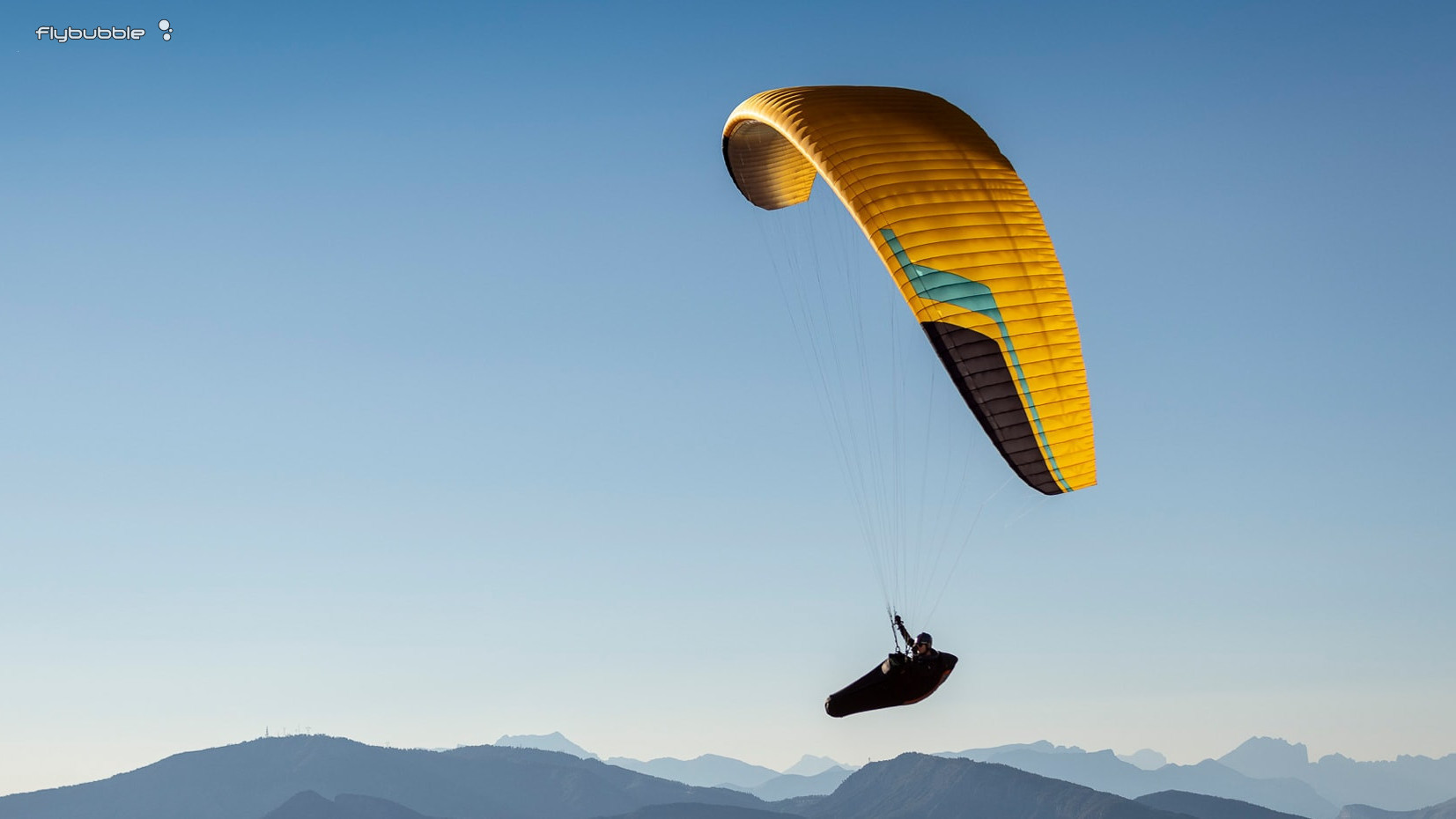
Topography & flying conditions
If you mainly fly in alpine conditions, or anywhere there are strong climbs, you may find that nearer or even at the top end of the weight range is best for you. Here, the ability to turn hard into strong climbs, and any other advantages from higher wing loading outweigh the very small penalties from a slight loss of sink rate. Some feel that the wing is more pressurised and resists deflation better.
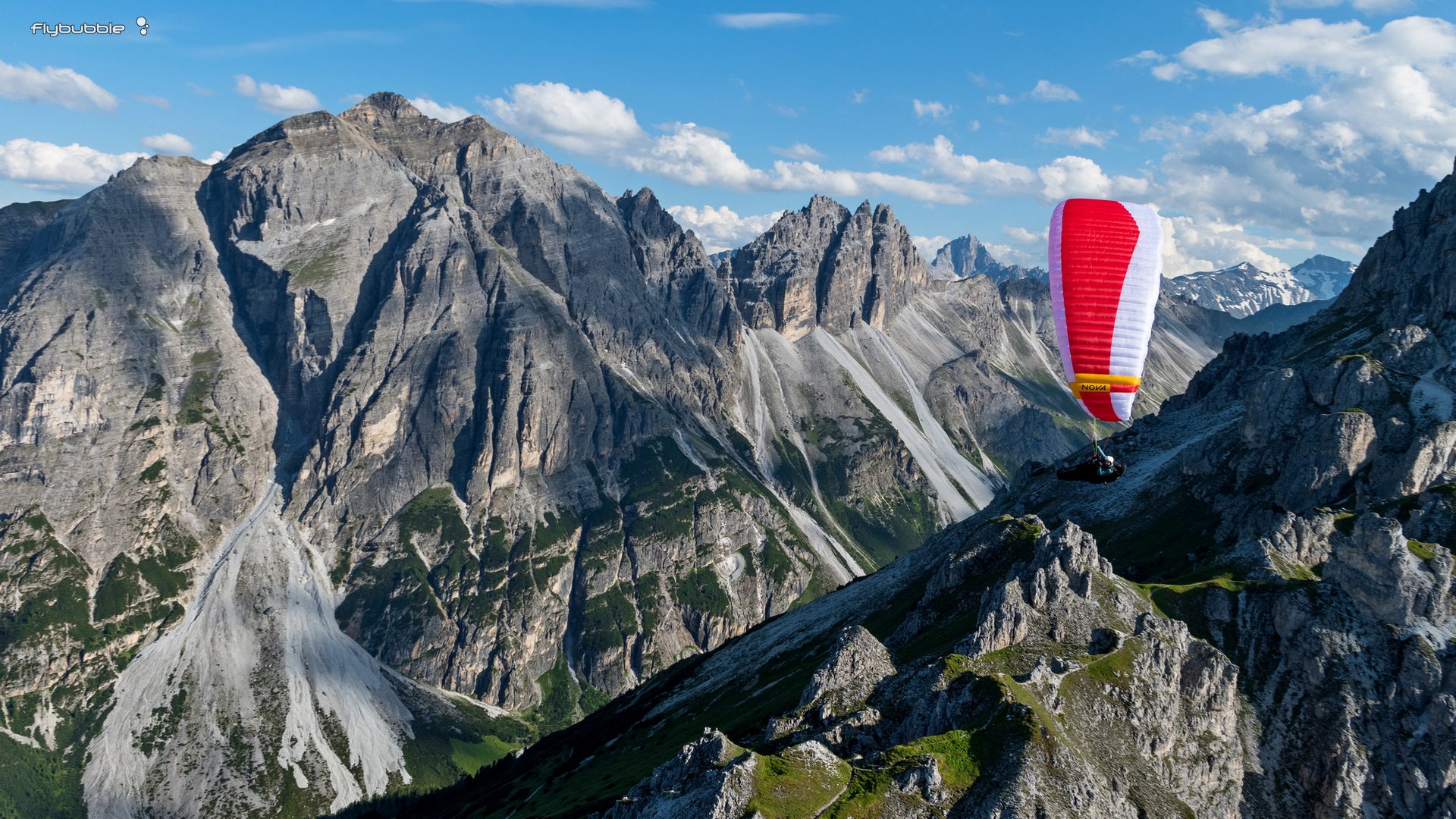
Similarly if you mainly fly at breezy coastal sites, you will likely prefer to be top-loaded on your wing. Some pilots, often flying in windy conditions, even prefer to fly over the top of the wing's given weight range. However this means they are flying the wing outside its design envelope. They should consider wings specifically designed with higher-wind soaring in mind like some mini wings, provided they have the skills for them.

If however you fly mainly from smaller hills, or in the flatlands, and wish to stay up in less strong conditions with decent height gains, most manufacturers advise to be in the middle third of the weight range. Here, thermals are not so powerful, and the ability to hang or climb in weak lift becomes more important. It's the ability of the canopy to float along in very light lift that becomes more of an asset.

Whilst it's important to consider the numbers, it's also important not to dwell on them too much. Getting a glider that is well suited to your ability, experience, personal preferences and aspirations is the main point of the exercise. Wherever you fly in the weight range involves slight compromises, but it's important to get these to work in your favour. It can't be overemphasised that this is a very individual thing. Take care not to let others confuse you by projecting their personal preferences onto you.
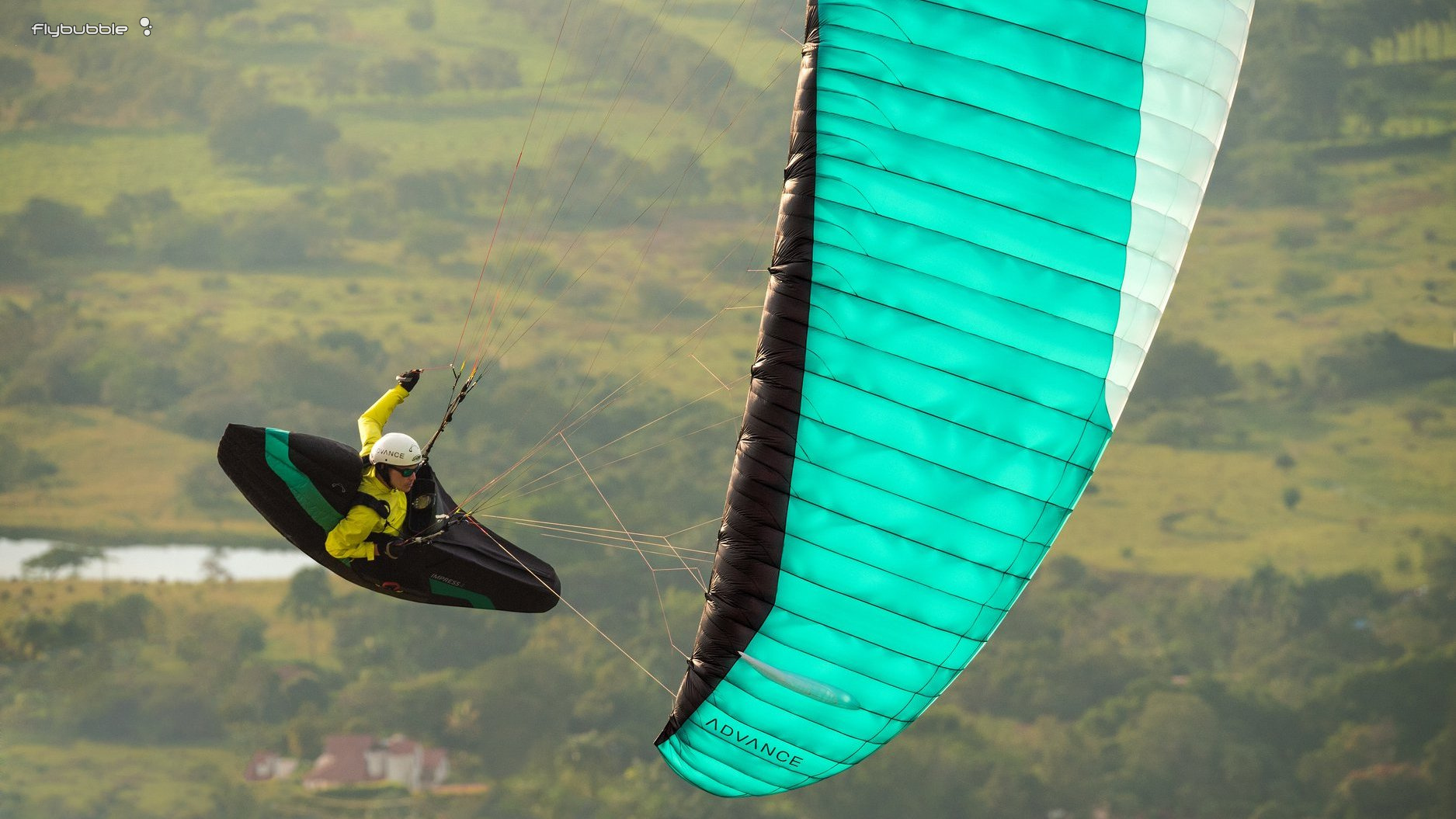
Final short list?
All these points should help you narrow down the final list of the wings you're interested in. Then you can approach your preferred dealer to make your final choice and, if appropriate, arrange test flights on their demos. For the inexperienced pilot, detailed advice may be more important than demos, but that needs to be decided as part of a detailed discussion with each individual pilot.
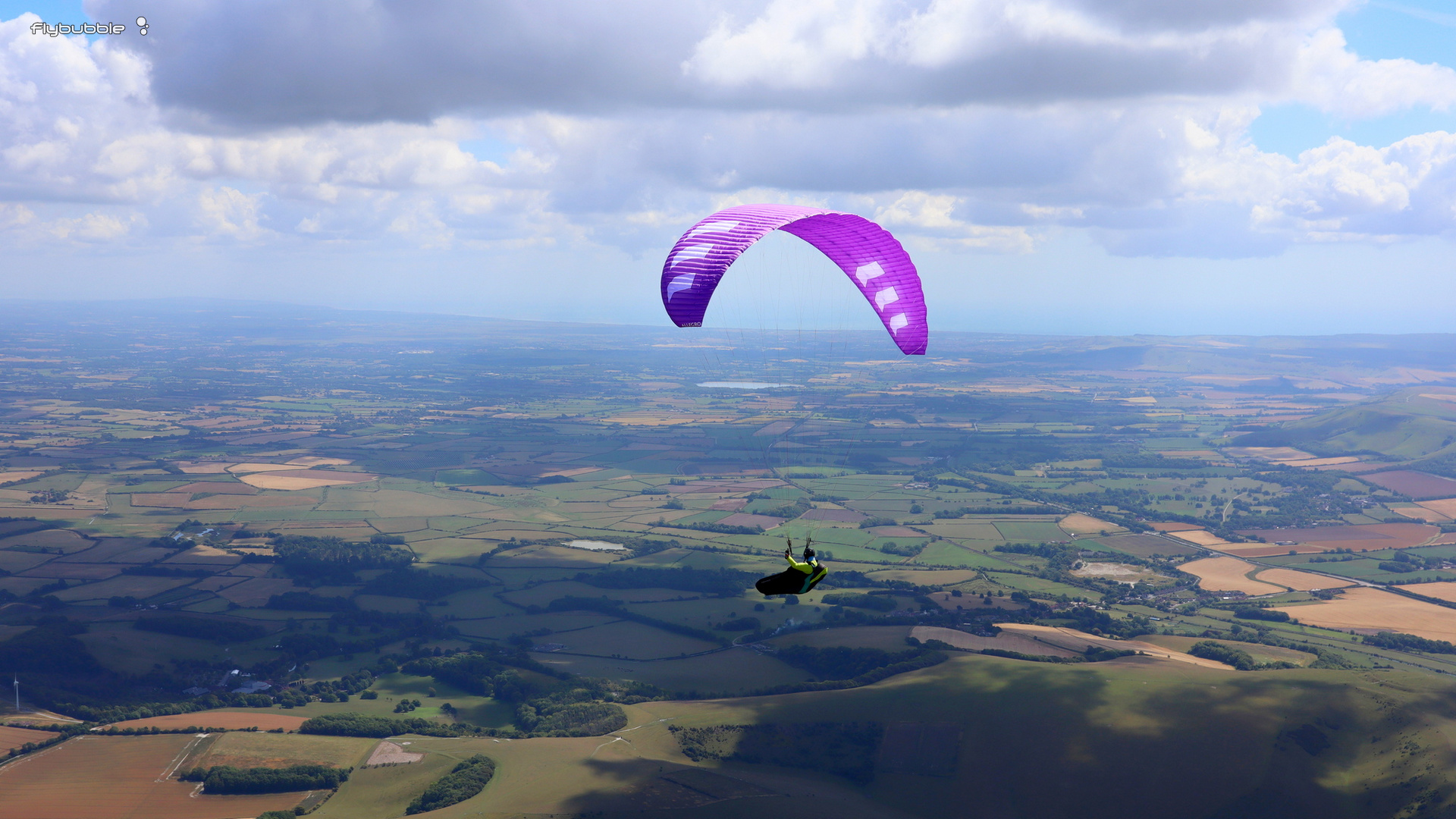
If you'd like expert advice on choosing your new wing, then it's worth looking at our MATCH Service, which will give you a one-stop-shop for drawing up the list, based on all of your requirements and our wealth of knowledge and many years of experience, arranging demos as required, and ordering the wing you want to buy. We also offer generous part-exchange and package deals, if you're looking to purchase more than one main item of kit.
Footnotes
¹ The trim speed will increase as the square root of the ratio of the weights. So, if the trim speed for a 100-120kg wing is 36km/h at 100kg, at 120kg it will have increased by the square root of 1.2, as 120 = 100 x 1.2 The square root of 1.2 is 1.1, so the difference between the bottom of the weight range and the top is 10%, so the actual figure is 39.4km/h
The sink rate will behave in much the same way, so if the best sink rate is 1.1m/s at 100kg, then at 120kg it will be 1.2m/s.
Brought to you by Flybubble
Like what we do? The best way to support us is to buy gear from us. Also recommend us and be a patron. Thank you!

